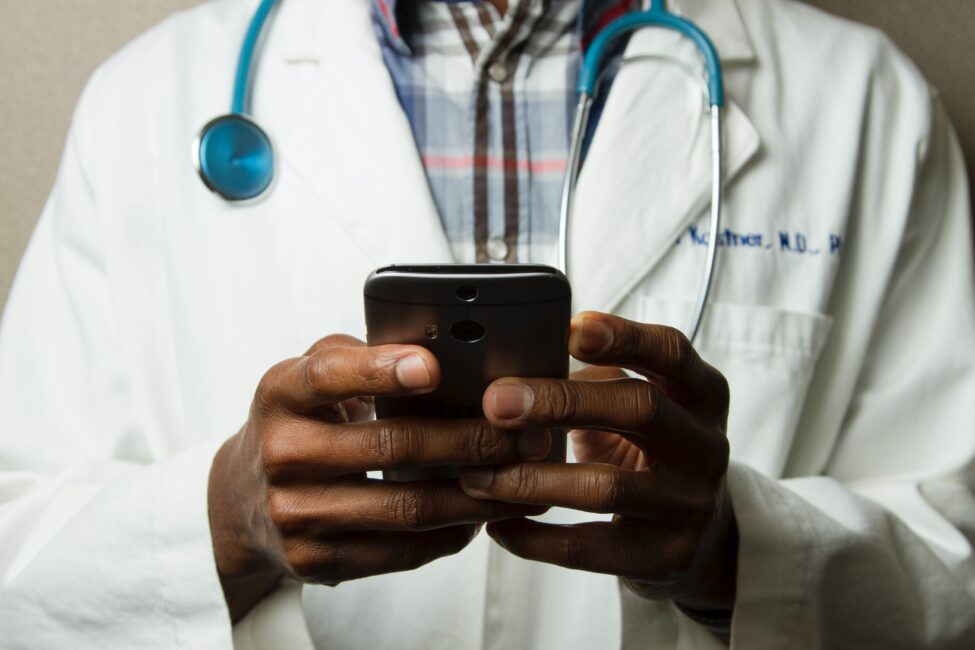As technology advances, healthcare is changing with it. In the past, doctors would use their intuition and experience to make diagnoses and treat patients. However, now they can use technology to help them in their work. For example, they can use computers to help them research diseases and treatments or to keep track of a patient’s medical history. They can also use technology to communicate with other doctors and nurses about a patient’s care.
Some people worry that technology will replace doctors completely. However, this is not likely to happen any time soon. Technology can only do so much; it cannot feel compassion for a patient or provide emotional support. Doctors will always be needed in healthcare, but their roles may change somewhat as technology continues to develop. Let’s take a look at some of those changes.
1. Medical Answering Services
As technology advances, healthcare providers are increasingly relying on automated medical answering services to take over some of the mundane tasks that doctors and nurses used to do. These services can be programmed with information about a patient’s condition so they can quickly provide answers without having to search through medical records or speak directly with a doctor. With a real-time medical answering service, patients can get answers to their health-related questions quickly and conveniently. It also helps healthcare providers focus more on providing quality care.
2. Electronic Health Records
The use of electronic health records (EHRs) is becoming increasingly common in healthcare. These records provide a more accurate and efficient way of keeping track of patient information, as they can be easily shared among multiple providers. EHRs also provide healthcare professionals with the ability to quickly access patient information, enabling them to make more informed decisions about care. When implemented properly, EHRs can have a positive impact on healthcare.
3. Robotics
Robotics is becoming increasingly important in healthcare, as it can help reduce medical errors and improve efficiency. Robotics can be used for a variety of tasks, from carrying out surgery to aiding in rehabilitation. One example is the Da Vinci robotic surgery system, which can be used to perform minimally invasive procedures. This technology provides surgeons with greater precision and accuracy than would be possible without robotics. Additionally, robotics can be used for physical rehabilitation and assistive devices for people with disabilities or chronic conditions, such as a powered exoskeleton that helps individuals walk again. Robotic technology is still in its early stages, but the possibilities are endless.
4. Better Diagnosis
Thanks to advances in artificial intelligence (AI), healthcare providers are now able to diagnose diseases and conditions more quickly and accurately. AI can be used to detect patterns in a patient’s medical history, which can help doctors make informed decisions about treatment options. Additionally, AI is being used for a variety of other tasks in healthcare, such as helping to create more personalized treatment plans for patients and providing more detailed analyses of medical images. It can also be used to monitor vital signs and provide early warnings when a patient’s health is in danger.
5. Efficient Record KeepingÂ
The digital revolution has completely transformed how healthcare providers store and manage their patient records. All of a patient’s medical history, including test results and diagnoses, can now be stored electronically and accessed by healthcare providers with ease. This allows healthcare professionals to easily track patient progress over time, as well as refer back to past records when making treatment decisions. Furthermore, electronic health records (EHRs) make it easy for different healthcare providers to access the same data, helping ensure continuity of care for patients across multiple providers.Â
6. Improved Patient Care
The use of technology in healthcare can also help to improve patient care. Technology is being used to enable remote monitoring solutions that allow doctors to track a patient’s health remotely, which helps them stay on top of their condition. Wearables, such as fitness trackers and smartwatches, can be used to monitor vital signs and detect health issues before they become a major problem. In addition, telemedicine solutions are allowing patients to access medical advice from the comfort of their own homes, eliminating the need for many in-person visits.
Overall, healthcare technology is revolutionizing the way healthcare is delivered. From electronic health records to robotics and AI, it’s clear that technology has a lot to offer the healthcare industry. By leveraging these technologies, healthcare providers can improve care quality, reduce medical errors, and increase efficiency. Consequently, patients will be able to benefit from better care and improved outcomes. The possibilities are truly endless, and it will be interesting to see how far healthcare technology will progress in the coming years.























